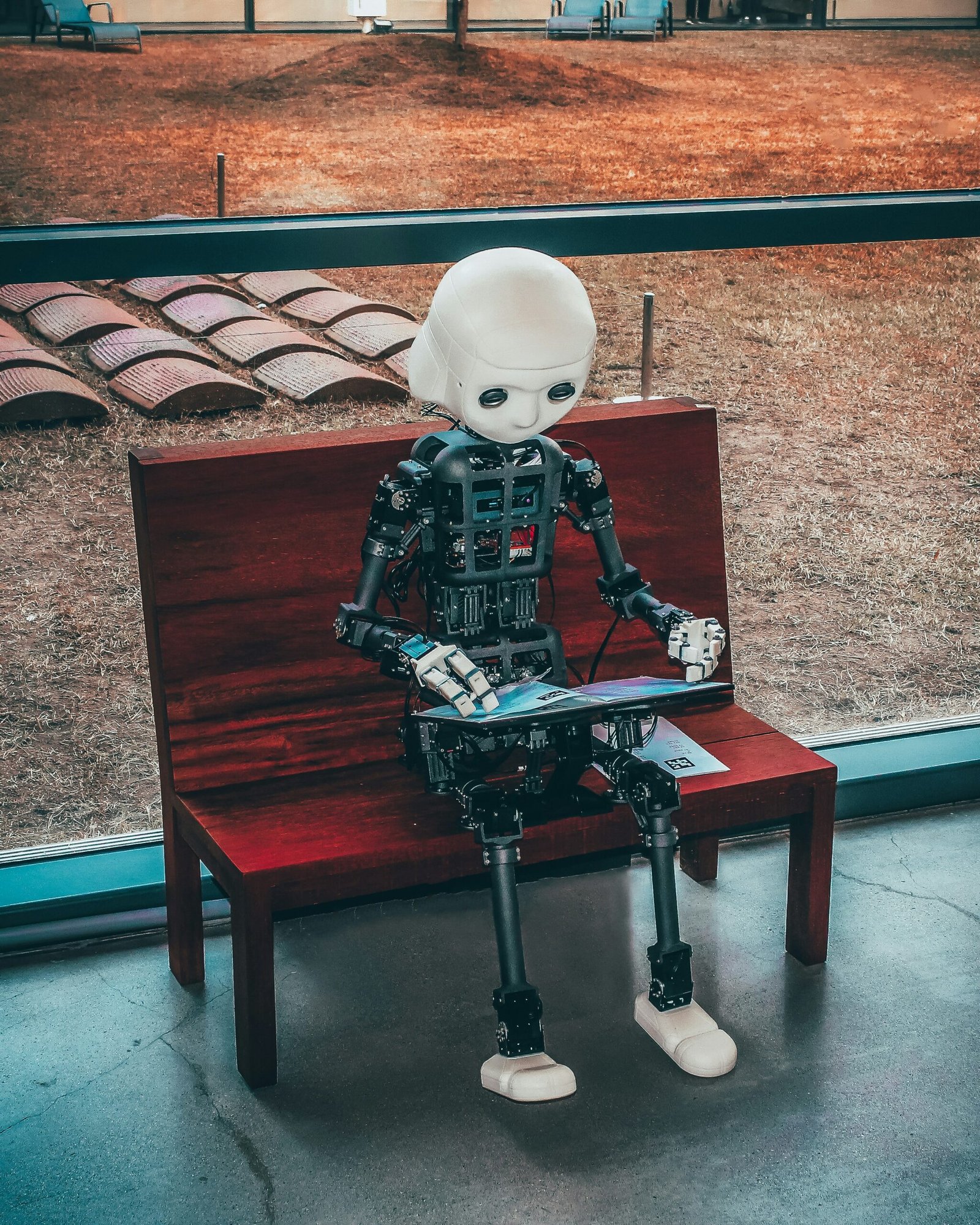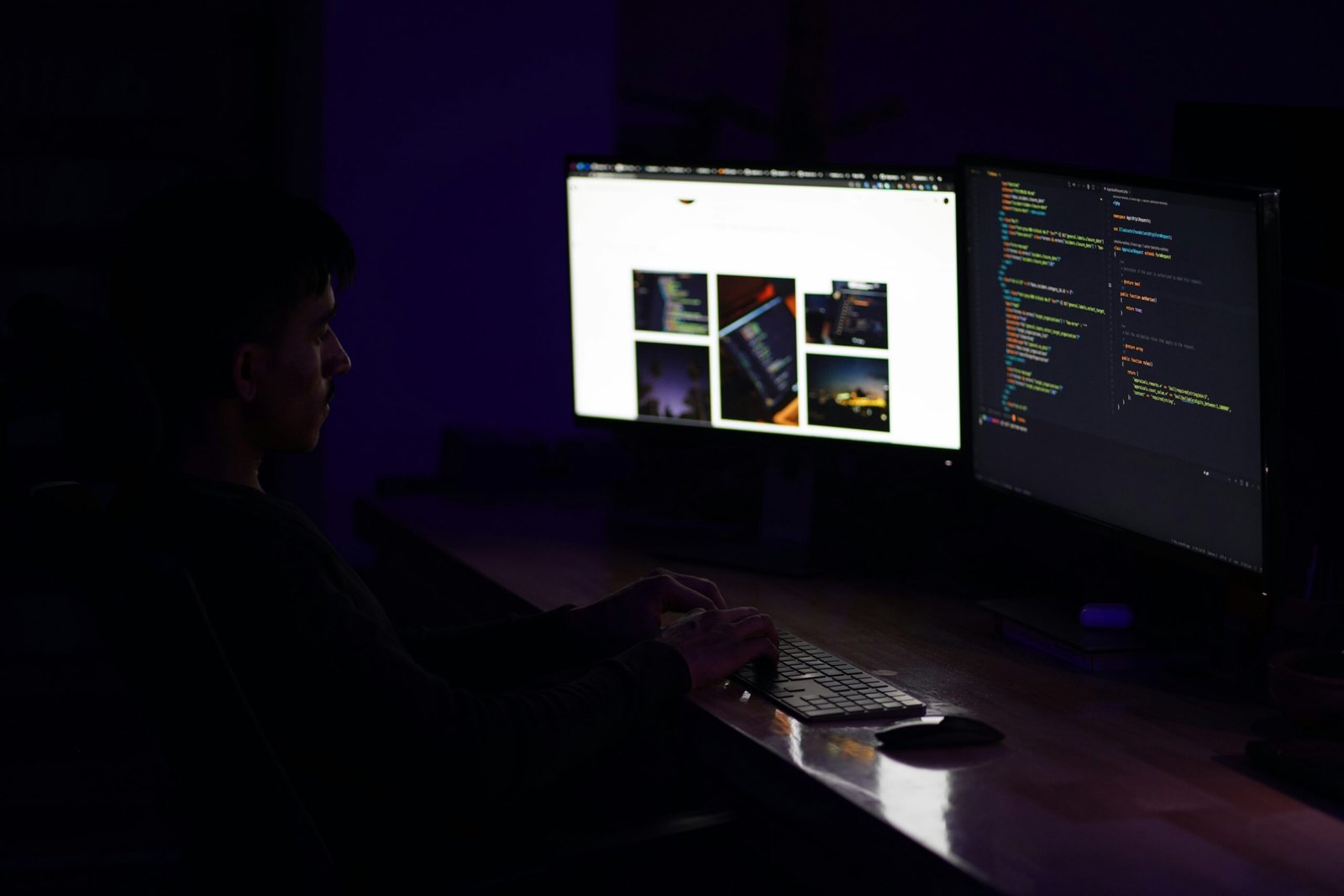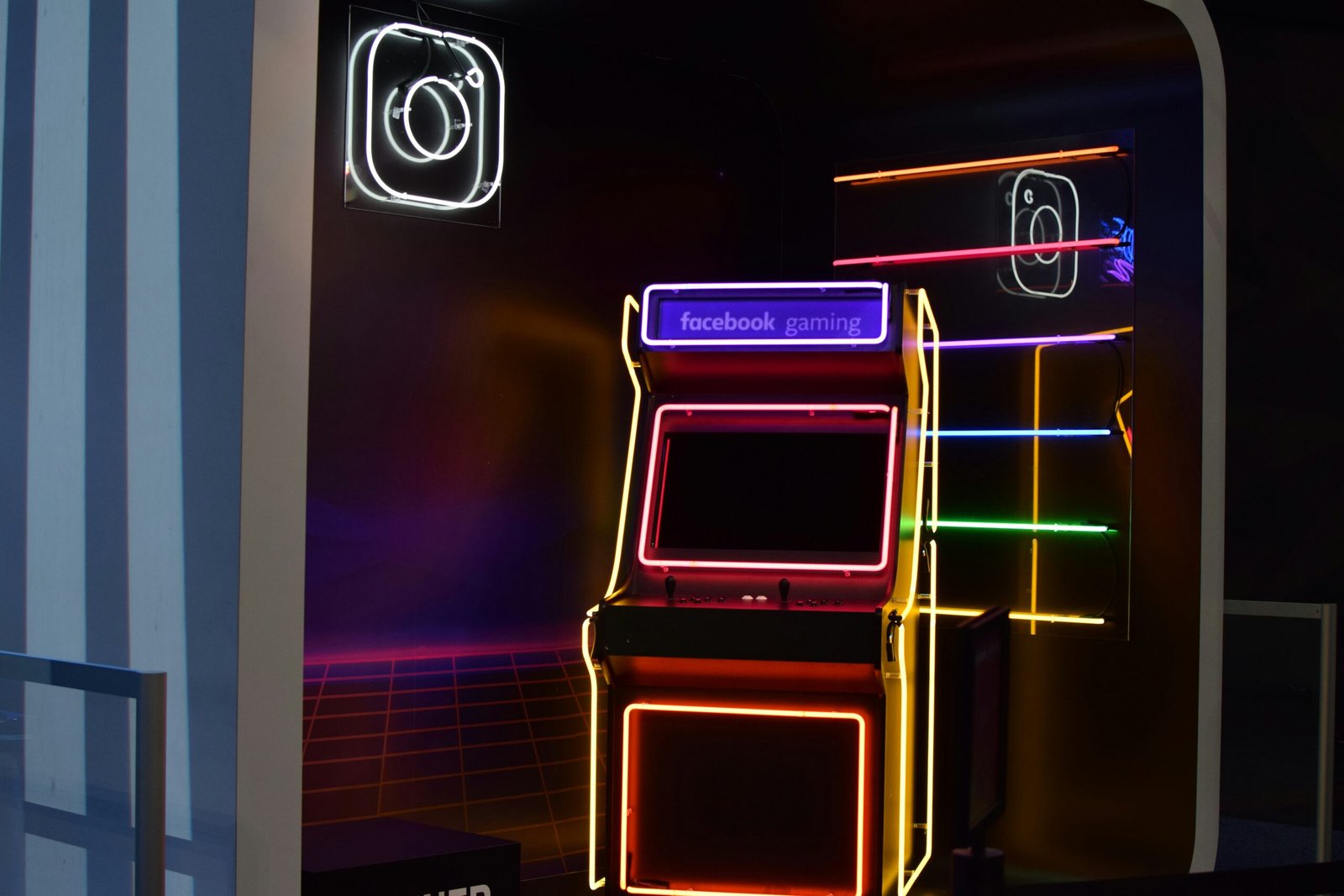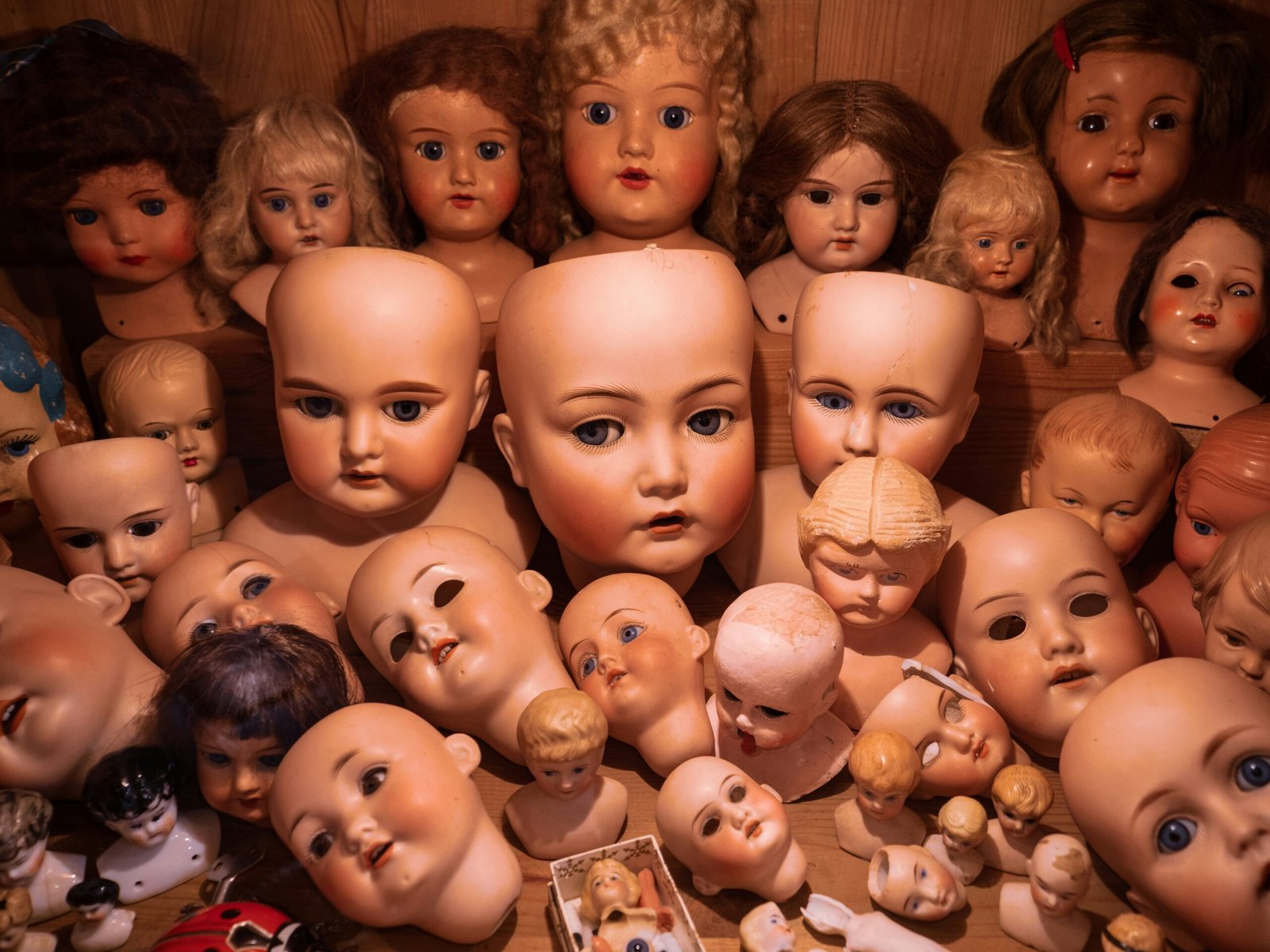The Origins of the Annabelle Legend
The Annabelle doll, a seemingly innocuous toy, has garnered immense attention due to its alleged supernatural connections. This porcelain doll was initially crafted in the 1970s, a product of the culture that heralded detailed and sometimes intricate children’s toys. However, the Annabelle doll’s life took a dark turn shortly after it was acquired by a nursing student named Donna. reports began to surface that the doll was not merely a decorative item, but a catalyst for strange events within her apartment.
Witnesses describe incidents where Annabelle appeared to move on its own, often changing positions and locations within the confines of the living space. These occurrences were soon accompanied by unsettling sensations and a pervasive feeling of dread. The situation became increasingly alarming, prompting Donna and her roommate to seek assistance from a psychic medium, who claimed that Annabelle was being controlled by a spirit named “Annabelle Higgins.” This entity allegedly sought companionship and was intent on staying with the living, a notion that further entrenched the doll in the annals of paranormal lore.
To fully understand the depth of the Annabelle phenomenon, one must consider the involvement of renowned paranormal investigators, Ed and Lorraine Warren. The Warrens, known for their extensive work in the field of hauntings and paranormal phenomena, were called upon to investigate the reported activities surrounding the doll. They concluded that the spirit was not a harmless child but rather a demonic presence intent on causing harm. To protect themselves and others from potential danger, the Warrens took Annabelle into their care, sealing the doll within a glass case in their occult museum. This protective measure not only solidified Annabelle’s status as a conduit of malevolence but also transformed her tale into an enduring legend that continues to intrigue and terrify audiences to this day.
A New Setting: The Tech Startup
In the bustling realm of innovation, a new tech startup emerges, specializing in artificial intelligence development. Located in the heart of Silicon Valley, the company boasts a vibrant atmosphere, driven by forward-thinking minds eager to push the boundaries of machine learning and neural networks. The workspace is a blend of sleek modern design and advanced technology, characterized by open-plan offices, collaborative hubs, and state-of-the-art equipment. Employees are often seen engaging in brainstorming sessions, surrounded by screens displaying intricate code and complex algorithms, illustrating their commitment to harnessing technology for positive change.
However, amidst this fervent environment, the unexpected arrival of the Annabelle doll introduces a disquieting juxtaposition. Originally a relic of misfortune, the doll emerges in an extraordinary context, igniting curiosity and unease among the employees. While they are immersed in developing programs that could revolutionize user interfaces, the mere presence of the doll casts a long shadow over their productivity. The executives, particularly the ambitious CEO, view the doll as an unconventional marketing tool to demonstrate the intersection of artificial intelligence and the supernatural, aiming to capitalize on the public’s fascination with horror themes infused in technology.
As the team begins to integrate Annabelle into their project, strange occurrences abound, blurring the line between reality and the nightmares they aim to evoke. Programmers who once coded with confidence begin to experience inexplicable glitches in their systems, believed to be linked to the doll’s unsettling energy. Meanwhile, relationships within the startup’s dynamic evolve as fear and suspicion brew among coworkers, altering the collaborative spirit that once defined their workspace. This modern narrative intricately weaves together cutting-edge innovation with elements of terror, setting the stage for a chilling saga that threatens to engulf both the individuals and the company itself.
The Doll’s Arrival: Initial Reactions
Upon the unexpected discovery of the doll, which would soon be recognized as Annabelle, the reactions among the employees were diverse and illuminating. Initially, a sense of disbelief swept through the workspace, as many struggled to process the sight of a seemingly innocuous doll situated among high-tech equipment and screens. The tech lead, known for his logical reasoning and scientific mindset, approached the doll with skepticism. He dismissed the eerie aura it exuded, attributing it to mere shadows and reflections from the studio lights. His unwavering belief in technology as the answer to all of life’s mysteries rendered him reluctant to entertain any notions of the supernatural.
In contrast, the open-minded intern embraced the doll’s presence with curiosity rather than fear. This individual found fascination in the juxtaposition between the old-world charm of the doll and their high-tech environment. They engaged colleagues in discussions about the implications of such a peculiar item in their midst, weaving tales of haunted objects and energy transferral. This perspective provided a refreshing counterbalance to the overwhelming skepticism that permeated the office atmosphere.
The most colorful character among the staff was undoubtedly the superstitious receptionist. With a penchant for the paranormal, she swiftly devised a narrative surrounding the doll’s supposed origins. Her vivid stories of haunted houses and malevolent spirits captivated some employees, sending shivers down their spines. The receptionist urged her peers to approach the doll with caution, asserting that it could be harboring untold energy or a lingering spirit. This playful yet alarming stance evoked laughter from the tech lead, but it also sparked an underlying tension—one that would simmer beneath the surface of future interactions with Annabelle.
Unexplained Phenomena Begin
As the employees settled into their routine, the atmosphere in the workplace became increasingly unsettling. It began subtly, with occasional flickering lights that danced across the ceiling like some unseen entity was attempting to communicate. Initially dismissed as electrical issues, these disturbances escalated. Many workers found themselves in cold spots, where the temperature would inexplicably plummet, making the hairs on the back of their necks stand on end. The inexplicable chill felt as though a shadow had enveloped them, leaving an indelible sense of unease that permeated their daily activities.
Further complicating the situation, eerie sounds began to resonate through the corridors. Muffled whispers and the distant clinking of objects echoed at odd hours, often causing employees to pause and glance over their shoulders. Some reported hearing laughter, while others insisted they could sense a presence lingering just beyond sight. The eerie ambiance grew more pronounced as news of these strange occurrences spread among staff members, creating a palpable tension that intensified the divide between believers and skeptics.
As fear began to grip the workforce, many employees found themselves experiencing vivid, unsettling dreams tied to an unsettling entity they had only heard about through rumors—the haunted doll, Annabelle. These nocturnal visions featured the doll’s menacing gaze and a sense of foreboding that clung to them like a shroud long after awakening. A few steadfast skeptics attempted to rationalize these feelings, attributing them to stress and fatigue, yet the emotional weight of the reports only heightened the unease. Amidst the burgeoning tension, the atmosphere became fraught with apprehension; the very fabric of reality seemed to fray as rational explanations waned.
Superstition vs. Science: Debates Erupt
Within the confines of a dimly lit room, an air of tension enveloped the team gathered to discuss the unfolding events surrounding Annabelle. This meeting became a crucible for ideas where superstition and science collided, inciting fervent debates. On one side were skeptics, equipped with rational thought and scientific principles, fervently arguing that the peculiar occurrences associated with the doll could be attributed to mere coincidence, misinterpretation, or psychological disturbances. They contended that the realm of the supernatural should not deter one from logical reasoning, positing that fear often amplifies human experiences into the extraordinary.
Conversely, a growing faction within the team began to align themselves with the paranormal perspective, expressing unease and a visceral response to Annabelle’s presence. Characters in this group highlighted the pervasive nature of fear and how it, coupled with historical context and personal anecdotes, shaped their beliefs. They drew attention to the very human inclination to attribute meaning to the unexplainable, suggesting that the boundaries of reality could indeed extend beyond scientific scrutiny. This led to a riveting discussion on belief systems, whereby one participant passionately recounted folklore surrounding haunted objects, igniting further debate on cultural perceptions of the supernatural.
The intensity of the discussion highlighted the contrasting yet intertwined relationships between fear and belief. Those inclined towards science emphasized that phenomena must be observable and verifiable, while the proponents of superstition regarded Annabelle as a tangible manifestation of humanity’s deepest fears and unexplained phenomena. As these ideological divisions deepened, the team found themselves at a pivotal crossroads; minds divided and emotions heightened, the specter of Annabelle became more than just a doll—it morphed into a symbolic representation of the broader struggle between rationality and the inexplicable, compelling the participants to confront their beliefs about the human experience.
The Doll’s Influence: Escalating Tension
The eerie presence of Annabelle, a doll steeped in a murky history of supernatural occurrences, begins to infiltrate the workplace, causing individuals to reassess their belief systems. As employees engage in developing artificial intelligence projects, they find themselves haunted not only by the shadow of the doll but also by increasingly bizarre incidents that unfold around them. Skepticism towards the supernatural is tested as strange accidents befall those who dismiss Annabelle’s unsettling reputation. The subtle, yet undeniable influence of the doll appears to morph into a catalyst for fear, leading some to question their rational explanations.
Initially, it was merely whispers among the team—ghost stories shared during breaks, fueled by curiosity and a disregard for the potential truth. Yet, the atmosphere shifted palpably when unexplainable events commenced. One employee, who openly scoffed at the notion of the doll possessing any power, suffered a workplace accident that left them shaken. Another colleague, who likewise dismissed the folklore surrounding Annabelle, experienced a series of technical failures that jeopardized critical segments of their project. These incidents sowed the seeds of unease, creating a palpable divide within the group.
As personal repercussions began to escalate, paranoia crept into conversations. Those once skeptical started exploring the connection between their AI work and the doll’s ominous legacy. The division fostered a dichotomy in beliefs; some remained unwavering in their skepticism, whereas others became consumed by the belief that Annabelle’s presence held a sinister influence over their endeavors. This divergence led to tension and dissonance in collaboration, revealing the psychological impact of the doll’s influence on their collective psyche. The question loomed: was Annabelle merely a relic of superstition, or was she a harbinger of something darker intertwined with their innovative technology?
The Climax: A Revelatory Experience
In a high-stakes atmosphere, the team gathered for a pivotal tech presentation. The air was charged with anticipation as they prepared to demonstrate their cutting-edge artificial intelligence, designed to analyze and interact with various objects in real-time. The centerpiece of their demonstration was the infamous Annabelle doll, a vessel of horror that had intrigued researchers and tech enthusiasts alike. As the team initiated their AI system, they anticipated a seamless interaction; however, what unfolded was anything but ordinary.
From the very beginning, the initial dataset revealed erratic signals when the AI was directed toward Annabelle. Data points shifted, exhibiting a degree of unpredictability that raised eyebrows among the attendees. In an attempt to regain control, the team pressed on, seeking to understand the anomaly. Suddenly, a cascade of glitches surged through their technology, igniting the lights and screens around them. To the astonishment of all present, the doll appeared to respond, moving ever so slightly, causing an uproar of disbelief.
What followed was a crescendo of chaos—machines whirred, lights flickered, and the firm grip of rationality slipped. The characters were forced to confront their preconceptions regarding consciousness and the role of technology in understanding sentient experiences. Was Annabelle merely a relic of superstition, or did the fusion of technology and the supernatural unlock new dimensions of awareness? This shocking moment compelled everyone, from the tech experts to the skeptics, to reevaluate their beliefs. The boundary between artificial intelligence and soul seemed disturbingly blurred, leading to an unsettling revelation: perhaps consciousness was not confined to biological beings, but could exist in forms previously unimagined. This conflict of understanding marked a turning point, setting the stage for the unfolding consequences of their innovation—a juxtaposition of terror and technology that left an indelible impression on all involved.
Challenging the Boundaries: The Nature of Consciousness
The climactic revelation in ‘The Haunting of Annabelle’ invites a profound exploration into the nature of consciousness and its implications for both technology and humanity. As the storyline unfolds, characters grapple with unsettling questions about their existence, the intricacies of sentience, and the enduring impact of technology on human experience. This examination sparks a philosophical discourse that encourages both characters and viewers to ponder what it truly means to be alive.
Central to this narrative is the titular doll, Annabelle, whose eerie presence raises unsettling doubt about the boundaries that separate the animate from the inanimate. This blurring of lines aligns intriguingly with contemporary discussions surrounding artificial intelligence (AI). The essence of Annabelle may evoke thoughts about the development of AI systems that mimic lifelike behavior and decision-making processes. As technology advances, one must consider whether these constructs can possess a form of consciousness, even if it diverges from human experiences.
The characters in ‘The Haunting of Annabelle’ wrestle with the psychological ramifications of their interactions with the doll. Their experiences serve as a microcosm of the broader societal fears regarding technology, emphasizing a tension between the comforts it provides and the existential dread it engenders. While AI has become integrated into everyday life, enhancing convenience and efficiency, it simultaneously evokes apprehensions about autonomy and the potential loss of humanity’s distinct qualities.
Through the lens of horror, the narrative compels readers to reflect on the implications of blending consciousness with technology. The questions posed challenge traditional notions of existence and invite contemplation into whether the integration of AI into our lives might devalue human experience or even reframe our understanding of consciousness itself. This intriguing interplay enriches ‘The Haunting of Annabelle,’ transforming the tale into a compelling meditation on the intersection of technology and terror.
Open-Ended Finale: Pondering Possibilities
The narrative arc of “The Haunting of Annabelle” culminates in an open-ended finale that invites reflection and speculation. This choice to conclude without definitive answers sparks a sense of intrigue, compelling audiences to ponder the deeper implications of the events witnessed throughout the story. What began as a mere investigation of a cursed doll expands into a profound exploration of the intersection between ancient lore and modern technology. It raises fundamental questions: Are the supernatural forces at play merely remnants of bygone beliefs, or do they adapt to contemporary advancements, creating new avenues for terror?
This blending of the past and present emphasizes the narrative’s thematic complexity. As technology continues to evolve, it introduces possibilities that challenge our understanding of reality. With artificial intelligence, virtual connectivity, and even the pervasive influence of social media, the threads of existence are more intertwined than ever before. The blending of ancient and modern elements in the tale reflects a paradox – it both demystifies and heightens suspense. As viewers are drawn into the enigmatic world of Annabelle, they are also confronted with their perceptions of the uncanny.
In light of this narrative framework, the fate of the characters and the role of the doll remain uncertain. The open-ended finale provokes contemplation about their ultimate destiny and the nature of the threat they face. The doll serves not just as a vessel of terror but also exemplifies how technology, whether through storytelling or other mediums, can extend the narrative beyond the confines of a screen. The haunting legacy of Annabelle challenges audiences to consider the boundaries of fear and belief, leaving them grappling with the nature of truth in a world where the lines between reality and the supernatural become increasingly blurred.
Disclaimer: This article was generated with the assistance of artificial intelligence. While efforts have been made to ensure accuracy, the nature of AI-generated content may lead to some discrepancies or errors. Readers are advised to verify any critical information directly through official sources or expert consultation. This content is for informational purposes only and should not be considered a substitute for professional advice.









